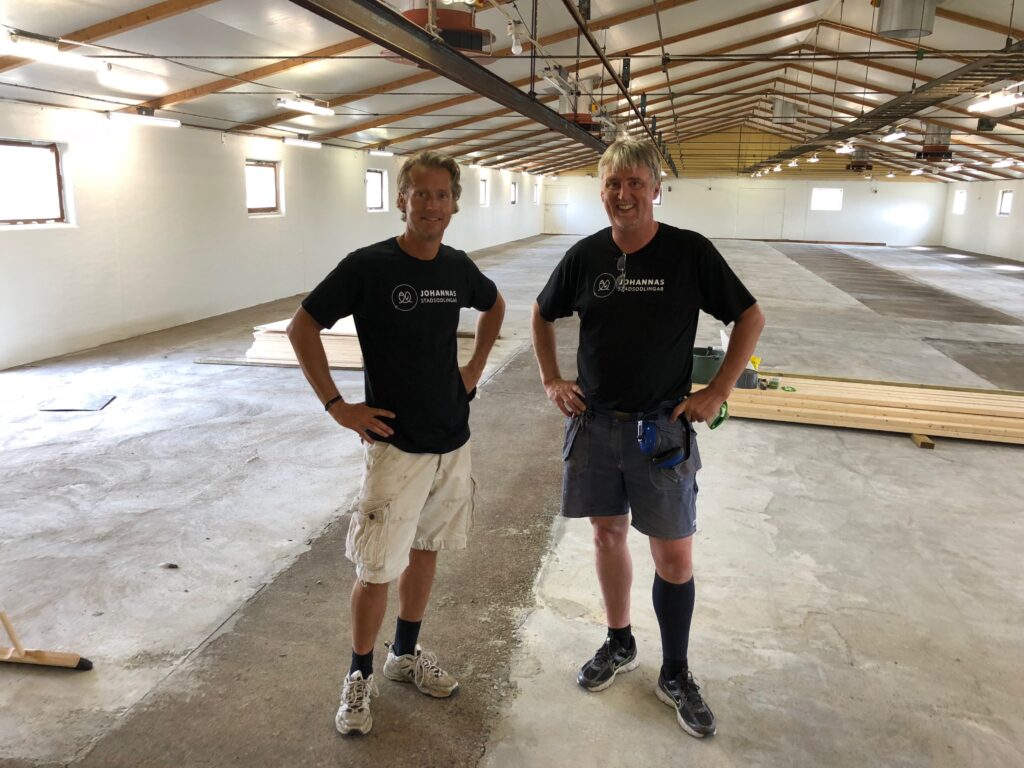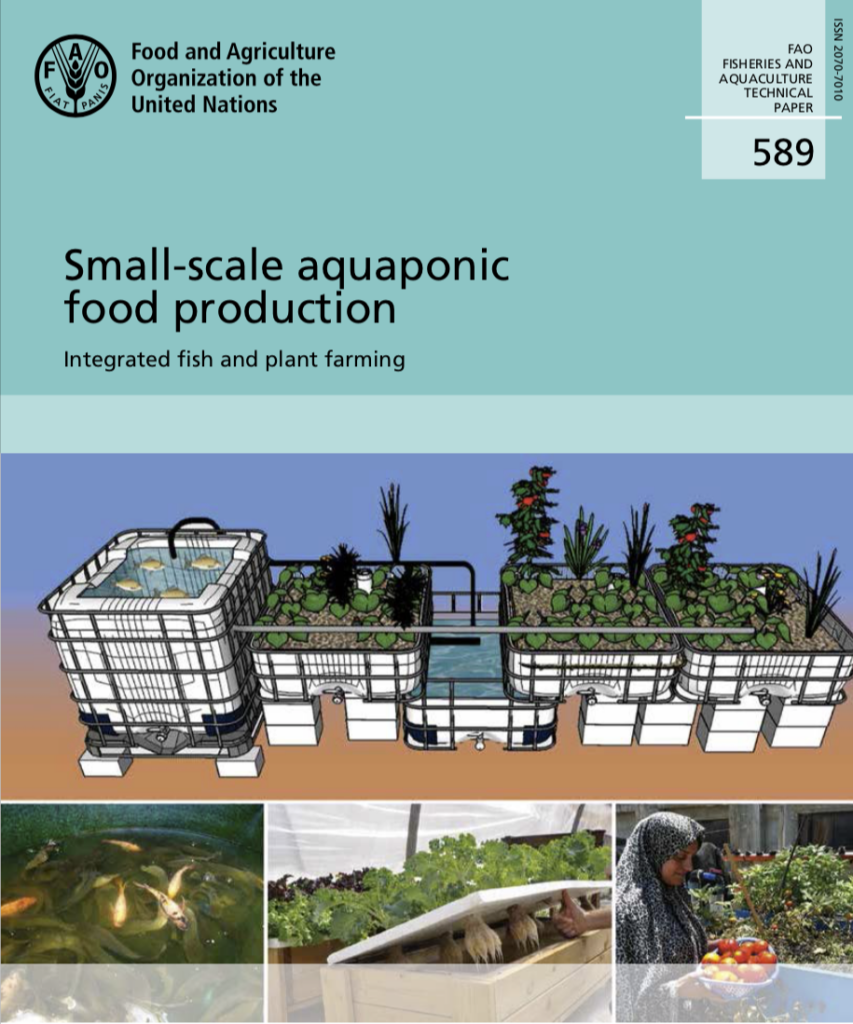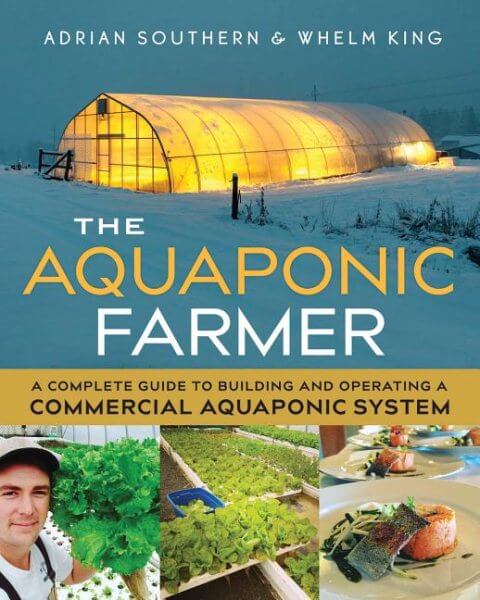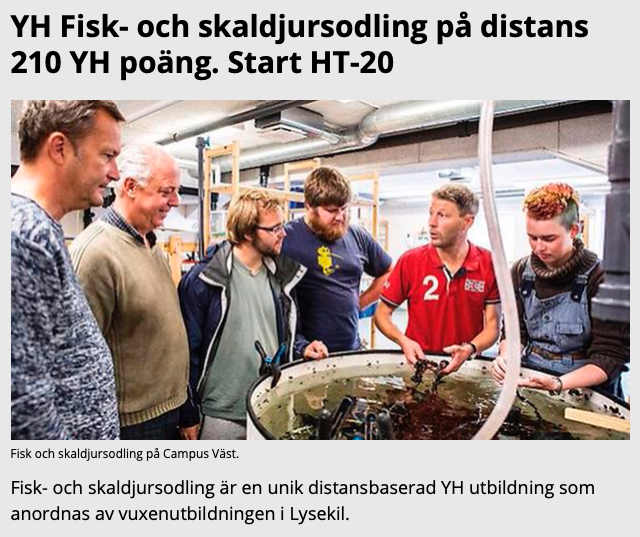This is a description of how we at Johannas Stadsodlingar (urban farms) and Concinnity together have built Johanna’s aquaponic pilot facility. We want to share how we did it and our thinking behind it. There is quite a lot to think about, so there will be several posts to cover most things.
Part 1 – to start, prior knowledge (this post)
Part 2 – design
Part 3 – building log
Part 4 – water quality and nutrients testing
Part 5 – Production management
Three years ago, we at Johannas decided to start a company that produces food in circular production systems on a large scale. We started with fish and vegetables. The method we are going to use for this is called aquaponics. We have experience from cultivation and to start and run companies up to 100 employees. We have been studying circular cultivation systems for many years. However, we have not run an aquaponics operation before and we know that one of the problems people encounter when they start with aquaponics is that they often build a large-scale facility too early. You have to learn how to run an system which contains a mini-ecosystem with fish, bacterial cultures and vegetables. We decided to build a pilot plant at Husby farm in Vallentuna, north of Stockholm. Husby farm is owned by William, who is a partner in Johannas. We chose to use a third (290 m2) of a former dairy farm, which is about 900 m2.

If you are going to build an aquaponic facility, large or small, you should study first. We have three sources of information and inspiration that we can recommend.
The ”basic course” in aquaponics is obtained from the UN’s agricultural agency FAO..It is a book in PDF format that you can download: Small-scale aquaponic food production, FAO 2014.

Our aquaponics design is partly based on a description from the book The Aquaponics Farmer: A Complete Guide to Building and Operating an Aquaponic System, by Adrian Southern and Whelm King.

If you want to run an aquaponic facility on a smaller scale, say 1000 m2 of cultivation area. Then you might be able to cope with what you learn from the books. But we strongly recommend that you participate in some formal training, and example of this is the one-year course Fish and shellfish farming, which is a distance learning course in Sweden. Fish farming is the most sensitive part in aquaponics, and it can be very problematic if the fish dies. In addition, there are legal requirements in Sweden (and probably other countries) to have appropriate training in commercial animal husbandry.

We have also learned a lot from study visits, including at:
- Ouroboros Farms, Half Moon Bay, California
- Sundrop Farms, Port Augusta, Australia
- Seawater Greenhouse, London, UK
- Duurzame Kost, Eindhoven, The Netherlands
- De Kruidenaer, Etten-Leu, The Netherlands
- Rijk Zwaan, De Lier, The Netherlands
- Dry Hydroponics, Schipluiden, The Netherlands
- GrowUp Box, London, UK
- Gårdsfisk, Skåne, Sweden
- Ljusgårda, Tibro, Sweden
- Svensk akvaponik, Haninge, Sweden, and
- Peckas Naturodlingar, Härnösand, Sweden.
There are many more aspects of running an aquaponics facility that you need to have knowledge of. We decided to buid our pilot plant all by ourselves (with a few exceptions), primarily as we think you learn a lot from it. It is a lesson that is well worth it in our eyes, as we intend to scale up what we do much larger, and then we need to understand why things are designed as they are. In your team, you should have at least basic knowledge of the following:
- Aquaculture
- Vegetable growing
- Water chemistry
- Ecosystems
- Sales and marketing
- Business economics, such as accounting etc.
- Food safety
- Technical systems, such as pumps, oxygen meters, cooling, heating, etc.
- Information Technology (IT) system
In our next blog post we will look at the design we picked and the changes we made along the way in our design.
The text in these posts are licensed under Creative Commons BY-NC-SA International.
